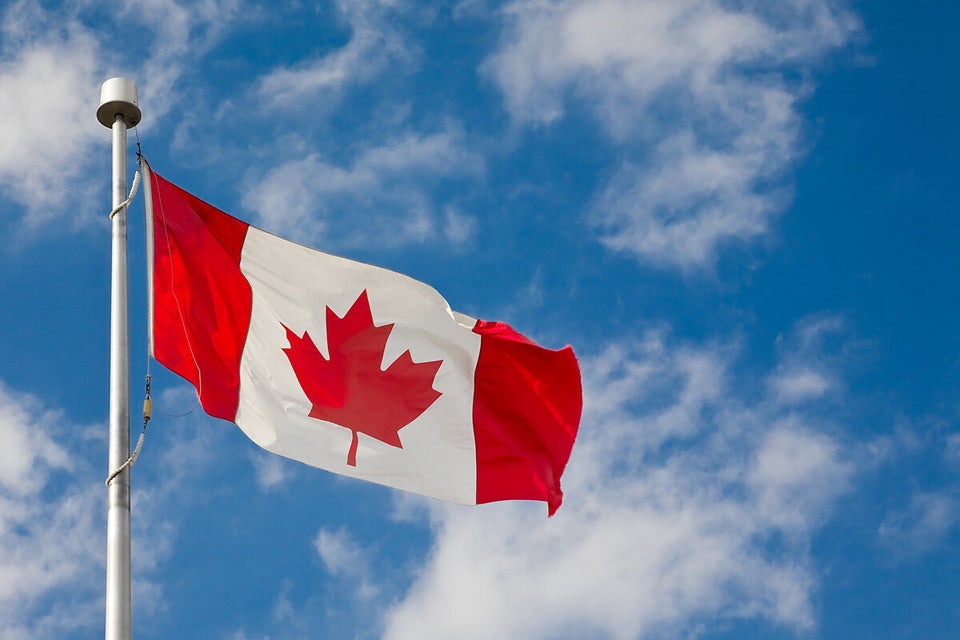
- Cut could come as soon as July 15
- CIBC: 'Indebted households don’t need even lower borrowing costs'
- Poloz: Soaring household debt a necessary 'side effect'
The surprisingly bad GDP readout for April has many economists saying another interest rate cut from the Bank of Canada is now more likely.
The economy shrank 0.1 per cent in April, StatsCan said, confounding economists’ expectations of a 0.1 per cent increase in GDP. It marked the fourth straight month of declining economic output in Canada, and prompted renewed questions on whether Canada will have seen a recession in the first half of this year.
Until recently, only the more bearish forecasters saw the Bank of Canada aggressively lowering interest rates again following January’s cut, but on Tuesday morning CIBC said it now expects a 0.25 percentage point cut at the Bank’s July 15 meeting. That would bring the key lending rate to 0.5 per cent from the current 0.75 per cent.
“We can argue and debate to what extent such a move is needed,” CIBC economist Bejamin Tal wrote. “The damage is narrowly based, and clearly highly indebted households don’t need even lower borrowing costs.”
Tal is not the only one wondering whether lower borrowing costs will actually help the parts of the Canadian economy that need helping.
The fiscal stimulus provided to the economy over the past half decade, in the form of rock-bottom interest rates, has disproportionately helped the housing and consumer debt sectors. House prices in many markets have soared and consumer debt has hit record levels, even as the economy otherwise puts out middling results.
But in a speech at the Bank for International Settlements (BIS) this week, Bank of Canada Governor Stephen Poloz made it clear he is not as concerned about consumer debt as he is about Canada’s unimpressive economic performance. He described soaring debt levels as a necessary “side effect” of economic stimulus.
“If the doctor says you need surgery to avoid death, the side effects usually don’t deter you, you just go ahead and manage them somehow,” Poloz said, as quoted at Bloomberg. “Other issues must be subordinate and I think of them as side effects.”
Some of the more bearish economists — such as Capital Economics’ David Madani — say Canada is in a recession right now. Even before Tuesday’s GDP numbers, Madani was predicting that the Bank of Canada would cut its key lending rate all the way to 0.25 per cent before the end of the year.
“It's now obvious that the oil price shock is larger than what the Bank of Canada had assumed,” Madani wrote.
But for the time being, Madani is in the minority. Most of the big Bay Street economists see some upside for Canada’s economy in May and June, with some data suggesting a pick-up in manufacturing and construction.
“The good news is that there is potential for a sharp rebound in real GDP growth through both May and June, particularly as mining plants re-open and production comes back on line,” TD Bank economist Diana Petramala wrote.
“In addition, housing starts jumped above 200,000 in May, which bodes well for construction activity; home sales and prices continue to beat expectations, which will help support housing-related purchases; strong May auto sales point to a rebound in retail spending.”
All the same, Petramala admits the overall outlook for the second quarter is “not pretty,” and sees a higher chance of a rate cut at next month’s BoC meeting.
Also on HuffPost:
